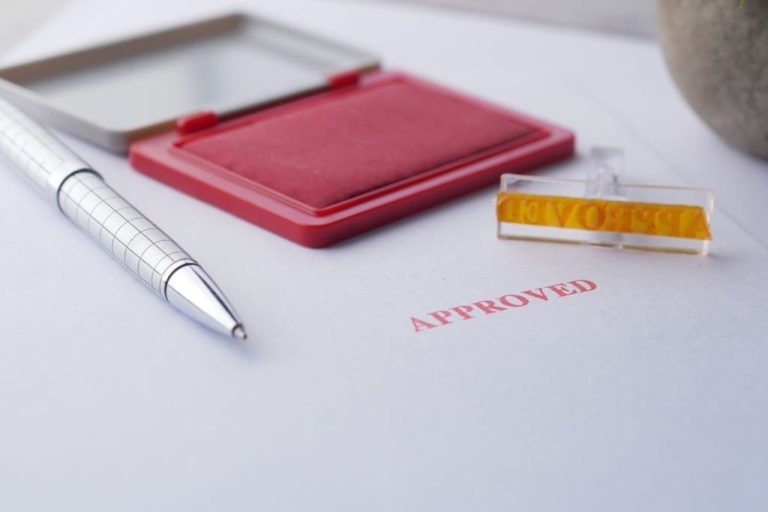The process of buying land from an individual in Kenya involves specific legal steps that safeguard your rights and ensure the transaction is valid.
Summary Table: Key Steps
| Step | Action |
| Step 1 | Carry out land search (confirm ownership, encumbrances) |
| Step 2 | Obtain clearance certificates (rent & land rates) |
| Step 3 | Confirm plots through survey maps |
| Step 4 | Get Land Control Board approval (where necessary) |
| Step 5 | Draft & sign sale agreement |
| Step 6 | Carry out valuation & pay stamp duty |
| Step 7 | Lodge all documents for transfer |
| Step 8 | Confirm registration & receive your title deed |
Following these steps reduces the risk of fraud, prevents future disputes, and gives you confidence in your purchase. This guide breaks down each stage of the process into simple, practical steps you can follow.
1. Land Search & Due Diligence
The first and most important step is to confirm that the person selling the land is the rightful owner. Ask the seller for the original title deed, then visit the local Land Registry. Submit the title deed together with the seller’s national identification card and their KRA PIN certificate to request an official land search.
This search will:
- Confirm the legal owner of the land.
- Verify the exact size and location of the plot.
- Show if there are any disputes, cautions, or caveats registered against it.
Without this step, you risk paying for land that does not legally belong to the seller or that has restrictions on transfer.
2. Check for Outstanding Dues
Before proceeding, you must confirm that there are no unpaid fees tied to the land. This includes land rent (for leasehold properties) and land rates (for properties within municipalities).
Ask the seller to provide:
- Land Rates Clearance Certificate
- Land Rent Clearance Certificate
These documents prove that all statutory payments are up to date. If there are any arrears, insist the seller clears them before you proceed, unpaid dues can delay or even block the sale.
3. Confirm the Boundaries: Survey & Verification
Obtain two copies of the land’s maps:
- A mutation plan (detailed survey map)
- An overview map of the area
Engage a licensed surveyor to visit the land, walk the boundaries with the seller, and confirm that the plot matches the title deed and survey maps.
This protects you from disputes with neighbours and ensures you are buying the correct piece of land.
4. Get Land Control Board Consent
If the land is agricultural or outside municipal boundaries, the sale must be approved by the Land Control Board (LCB). Both the buyer and seller must attend the board meeting.
The LCB ensures:
- The transaction follows the law.
- The deal is fair to both parties.
- The sale does not violate land use restrictions.
- Without this consent, the transaction will be invalid.
5. Prepare & Sign a Sale Agreement
Kenyan law requires all land transactions to be documented in a written sale agreement. The agreement should include:
- The agreed purchase price.
- Payment terms (such as deposit and balance amounts).
- Conditions for handing over the title deed.
Both parties must sign the agreement in the presence of witnesses, preferably with a lawyer facilitating the process. A legal professional ensures the agreement is binding and protects both buyer and seller.
6. Valuation & Payment of Stamp Duty
Once the sale agreement is in place, the land must be valued by a government valuer. This determines the stamp duty payable to the Kenya Revenue Authority (KRA):
- 4% of the value for urban land.
- 2% of the value for rural land.
If applicable, Capital Gains Tax is paid by the seller at this stage.
7. Submit Transfer Documents
The following documents must be submitted to the Land Registry for transfer:
- Signed sale agreement
- LCB consent certificate (if required)
- KRA PINs and national IDs of both parties
- Passport-sized photographs
- Original title deed
- Land search and clearance certificates
Once lodged, the Land Registry processes the transfer. When approved, a new title deed is issued in the buyer’s name.
8. Final Checks & Collection of Title Deed
After the Land Registry issues the new title deed, conduct a final land search to confirm that the property is now registered under your name. This step officially completes the transaction.
Why This Matters
Following each step is the best way to protect yourself from fraud and ensure your land purchase is legally recognized.
It is recommended to involve a qualified lawyer or advocate, especially for verifying documents, obtaining consent, and lodging the transfer. A little extra diligence now can save you years of legal trouble later.





